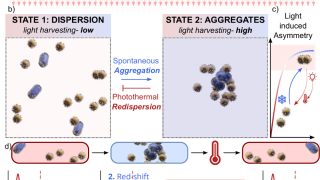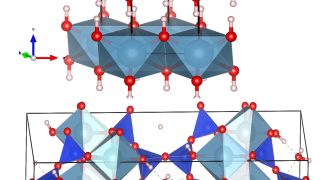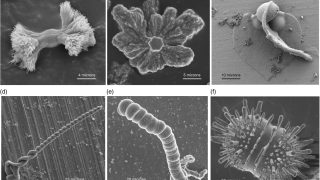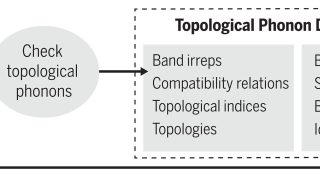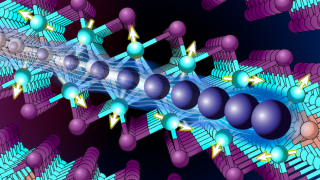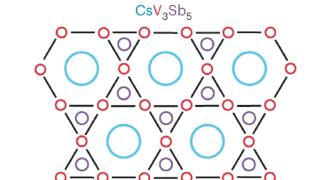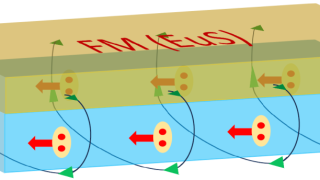
A superconducting diode free of esoteric electronic effects
A diode is an electronic device with two electrodes. In the obsolescent thermionic diode a heated cathode emits electrons, which flow across the intervening vacuum to the anode when a positive potential is applied to it. The device permits flow of current in one direction only as a negative potential applied to the anode repels […]
